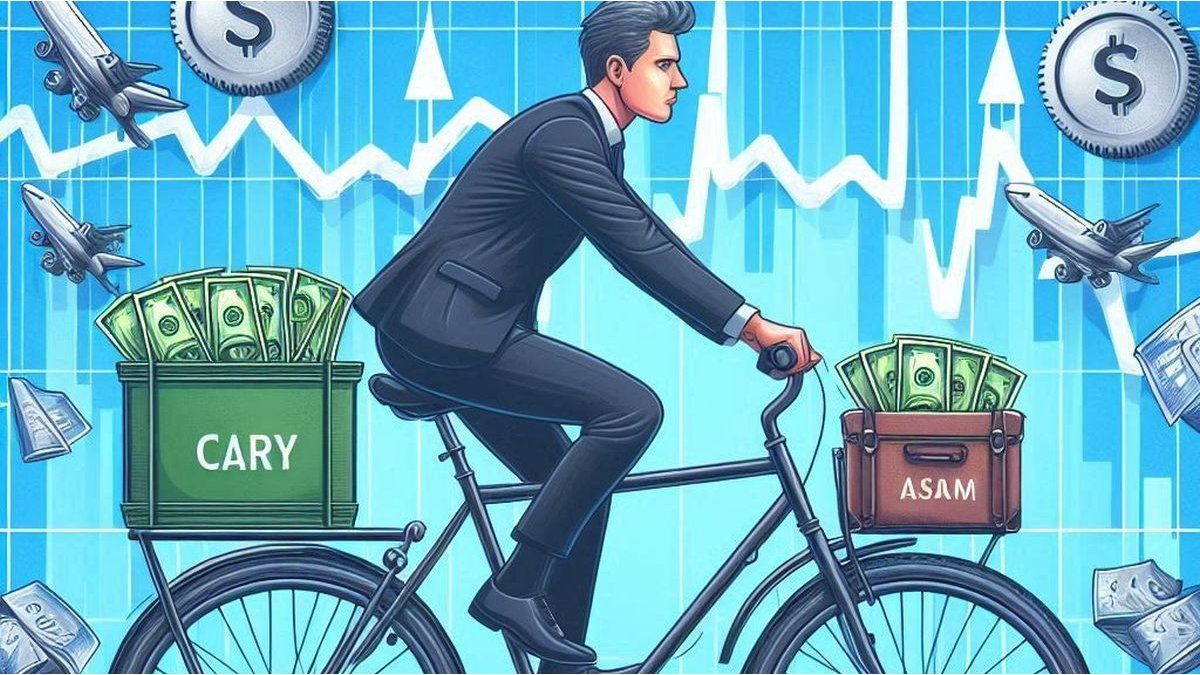This article analyzes the current exchange rate strategy of the Argentine economic team, which pursues an artificial decline of the exchange rate Officer a $ 1,000. Far from obeying technical criteria or macroeconomic stability, this policy responds to the interests of a privileged minority that is enriched with the “Carry Trade”
Through a critical review and supported by empirical evidence and historical background, it is demonstrated how this policy reproduces perverse logic; The State at the service of the Financial Bicycle, for the exclusive benefit of Financial Capitalism of Friends.
The technical alibi
The Argentine tradition of the last 50 years offers a constellation of tragic repetitions. The most recent – and for that reason not less scandalous – is the obsession of the current economic team for bringing the price of the official dollar to the magical figure of $ 1,000. According to the official version, it is not a political decision, but a technical condition imposed by the new exchange regime of “flotation administered with bands”. According to its defenders, the BCRA will not intervene buying currencies until the dollar touch the floor of the lower band. But this decision – presented with pretensions of monetary orthodoxy – hides a colossal business; Make millions of dollars to the friends of power that operate with Carry Trade. A maneuver as old as the financial homeland.
1 dollar
Dollar: The concern of the government.
“Carry Trade” as a legal form of predation
As developed in the academic article: “The Carry Trade in Argentina: repetition as a tragedy,” the financial bicycle consists of entering speculative capitals, paying them very high rates in pesos, and then escaping those capitals and those earnings by passing everything to dollars. This operation is only viable if the exchange rate remains stable or, better yet, if it goes down. Within that framework, the obsession for bringing the dollar to $ 1,000 is not a macroeconomic policy; It is the ideal threshold to maximize the profitability of those who already entered dollars at $ 1,200 or $ 1,300 and now they hope to leave at $ 1,000, with a 30% profitability in hard currency in a few months.
Who in their healthy judgment would resign international reserves in a context where the IMF requires an accumulation of $ 4,430 million before June 13? Only someone who is not thinking about the country or its external commitments, but to protect the promises made to their beneficiaries. The Government does not act as a representative of national interests, but as a trustee of a financial elite; The true recipients of economic policy.
The refusal to buy dollars: the perfect excuse
Since the establishment of the new monetary regime, the BCRA does not intervene in the official change market. The excuse is simple: the exchange rate still did not touch the floor of $ 1,000. But this deliberate abstention prevents fulfilling the goal of accumulation of reserves required by the IMF, which could stagnate the country risk and frustrate the eventual return of Argentina to debt markets in 2026.
However, the government does not seem to worry about medium -term consequences. Because? There are three complementary hypotheses:
- Electoral disinterest: They conjecture that they will lose the mid -term elections, which could generate a collapse that could be explained, victimization through.
- Early dropout: The economic team plans its withdrawal, after having successfully served those who had to benefit.
- Record income: The friends of power will have already won enough to guarantee ten generations of opulence.
Ironies of pragmatism: “the lower band” as an ideological alibi
The official narrative insists that “you cannot intervene” until the dollar touchs $ 1,000. An aseptic logic, almost robotic. But what seems like a technical rule is, in fact, a design tailored to the business. If the government bought dollars at higher prices, it would increase reserves and approach to meet the IMF. But it would also lose percentage profitability of profitability to those on the financial bicycle. Ergo: It is not bought. Because the real mandate of the economic team does not come from the IMF, or the Constitution, or from the foot -to -standing citizen, comes from speculative funds and money tables.
The perpetual return of the financial bicycle as a state policy
As I have indicated in other articles, the current “stability” is not a product of growth or productive investment, but of a deeply regressive scheme, based on financial valorization, fiscal adjustment and the deterioration of real salary and retirements. It is not a transition to development, but an interlude so that a few are enriched, while the real economy is still in recession.
The question then is not whether the dollar will fall to $ 1,000, but to what cost and for the benefit of who. And the answer does not require large economic models; It is enough to follow the capital flow, observe the behavior of the reserves and track the fortunes that are being consolidated under the protection of this policy.
The State captured by corporate finances
We are facing a state capture model for financial interests. The priority of the economic team is not to stabilize macroeconomics or comply with international commitments, but to ensure that their private allies maximize Carry Trade profits. This interested logic makes the BCRA a Clearing office for friends, and the treasure in a guarantor of rates in impossible dollars, paid with the adjustment on retirees, workers and SMEs.
The result is an Argentina that bleeds below so that a few can fly in Primera. The dollar at $ 1,000 is not a policy, it is a alibi. And like every alibi, seeks to hide an injustice. In this case, against economics.
Director of Esperanza Foundation. Postgraduate professor at UBA and private universities. Master in International Economic Policy, Doctor of Political Science, author of six books.
Source: Ambito
David William is a talented author who has made a name for himself in the world of writing. He is a professional author who writes on a wide range of topics, from general interest to opinion news. David is currently working as a writer at 24 hours worlds where he brings his unique perspective and in-depth research to his articles, making them both informative and engaging.




